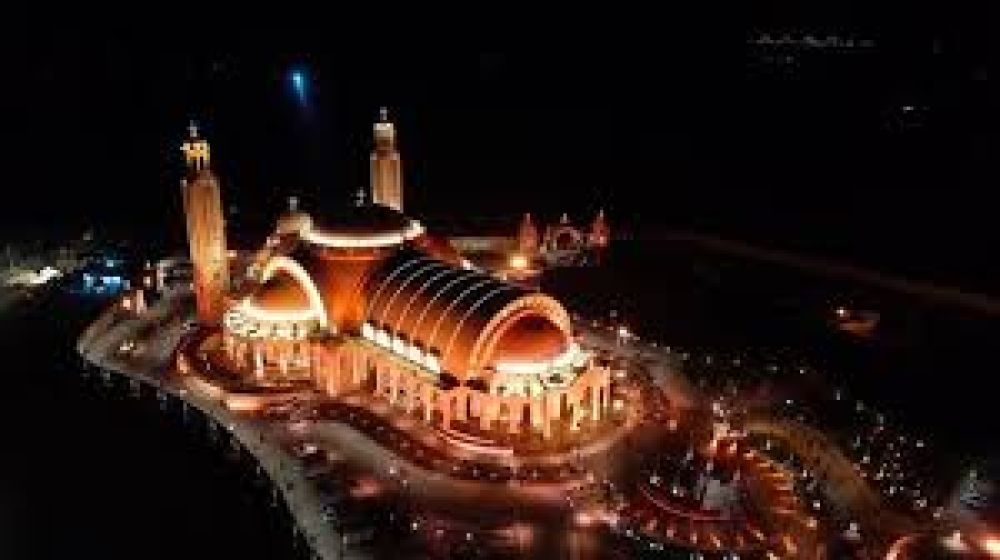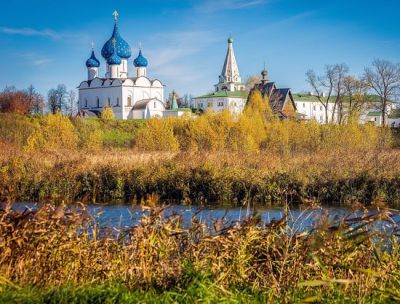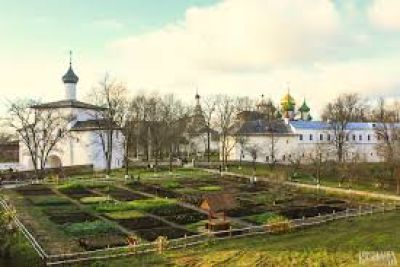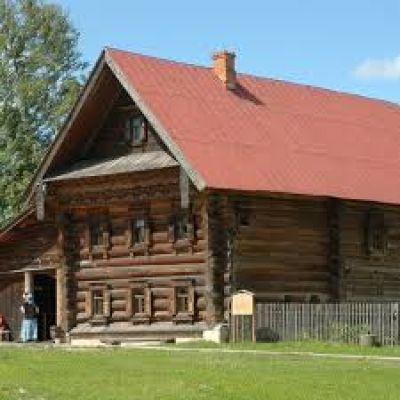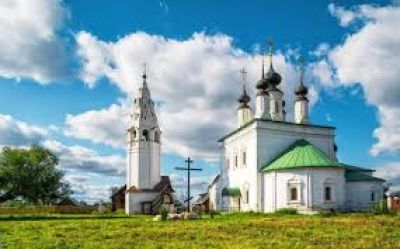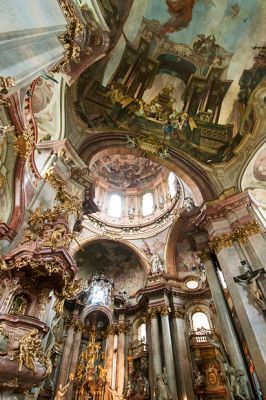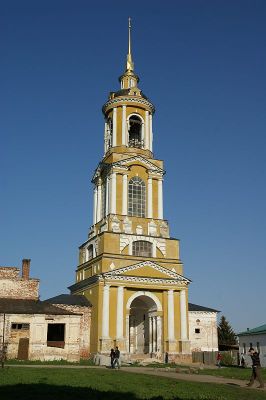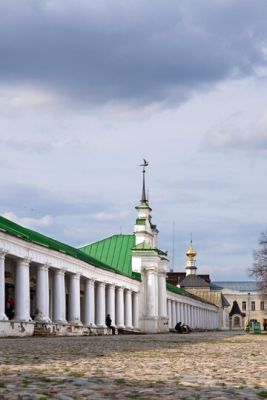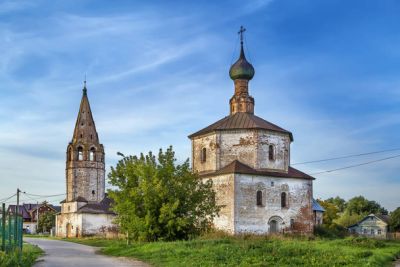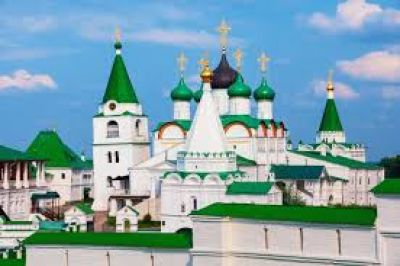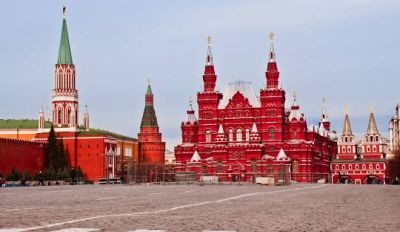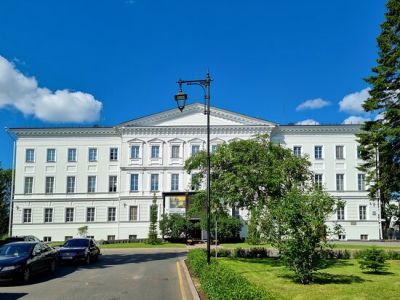The Historical Significance of Suzdal
The town of Suzdal, part of the Golden Ring of Russia, is one of the oldest Russian settlements dating back to the 11th century. It is renowned for its captivating medieval architecture and has played a pivotal role in the religious history of Russia. Among its most significant historical marvels is the Cathedral of the Nativity – a UNESCO World Heritage Site attracting visitors from around the globe.
The Early Days of Tourism
Tourism in Suzdal began to flourish significantly during the Soviet era, when it was recognized as a town of great national importance due to its well-preserved ancient Russian heritage. The Cathedral of the Nativity, with its characteristic blue domes dotted with golden stars, quickly became one of the main attractions for both domestic and international tourists alike.
The Cathedral's Impact on Tourism
Built in the 13th century, the Cathedral of the Nativity became the cornerstone of Suzdal's attractiveness to tourists. The cathedral's frescoes, some of which date back to the 13th and 17th centuries, depict various biblical scenes and are considered masterpieces of Russian art, providing a unique window into the country's past. Its recognition by UNESCO in 1992 as part of the White Monuments of Vladimir and Suzdal further piqued the interest of history enthusiasts and increased its tourist appeal.
Modern-Day Tourism and Trends
In recent years, Suzdal has seen a resurgence of interest due to global travelers' growing desire for authentic cultural experiences. The Cathedral of the Nativity remains at the heart of this, showcasing extraordinary architectural styles, including elements from the pre-Mongol period. Visitors are drawn to the peaceful yet vibrant atmosphere of the town, its festivals, and the deeper connection to Russia's spiritual traditions that it offers.
The latest trend in tourism in Suzdal is the increase in eco-friendly and sustainable travel options. Visitors are now more interested in low-impact tourism and are seeking out accommodations and activities that support the preservation of the town's natural and historical landscapes, which includes respectful visits to the esteemed Cathedral of the Nativity.
Conclusion
The Cathedral of the Nativity in Suzdal represents a key piece of Russia's historical fabric and remains an essential component of Russia's tourism scene. As global tourism evolves, the cathedral and Suzdal continue to adapt, offering an unchanging glimpse into the past amidst the changing tides of traveler's desires and the global emphasis on sustainability.
